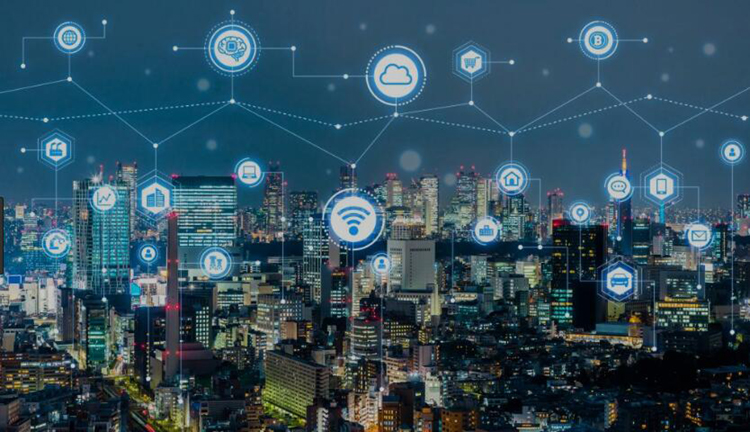
Industry Scale From Internet of Things
The Internet of Things integrates technologies such as intelligent sensing, identification technology, network communication and ubiquitous computing. It is considered to be the next hotspot for the development of the world information industry after computers, the Internet and smart phones. IDC expects the global IoT market to grow from $700 billion in 2015 to $1.7 trillion in 2020, a compound growth rate of nearly 20%.
With the continuous development and improvement of infrastructure, the application of the Internet of Things in security, logistics, transportation and other industries is expected to continue to penetrate and popularize, and combined with data analysis to continuously improve the degree of intelligence, the market space is huge.
key technology About Internet of Things and Big Data
Sensor Technology
This is also a key technology in computer applications. Everyone knows that most computers have processed digital signals so far. Since the computer has been required, the sensor needs to convert the analog signal into a digital signal computer.
It is also a sensor technology. RFID technology is a comprehensive technology that integrates wireless radio frequency technology and embedded technology. RFID has broad application prospects in automatic identification and item logistics management.
Embedded System Technology
It integrates computer hardware and software, sensor technology, integrated circuit technology and electronic application technology into one complex technology.
After decades of evolution, smart terminal products featuring embedded systems can be seen everywhere: from small MP3s to aerospace satellite systems.
Embedded systems are changing people's lives and driving industrial production and the development of the defense industry. If the Internet of Things is a simple metaphor for the human body, the sensor is equivalent to the human eye, nose, skin and other senses, the network is the nervous system used to transmit information, the embedded system is the human brain, and the information is classified after receiving the information. deal with.
The Internet of Things industry big data consists of five levels: application layer, support layer, sensing layer, platform layer and transport layer.
The normal operation of the Internet of Things is to transmit information to the cloud computing platform through big data, and then artificial intelligence extracts the data stored by the cloud computing platform for activities.
Big data is a collection of data that is large enough to capture, manage, and analyze much beyond the capabilities of traditional database software tools. It has a large data size, fast data flow, diverse data types, and low value density.
If big data is likened to an industry, the key to profitability in this industry is to increase the “processing power” of the data and “add value” of the data through “processing”.
Outlook for the future of the Internet of Things
The development of the Internet of Things has made breakthroughs from concept to technology research and pilot experiments. With the strong support of the state and enterprises, policies and funds, policy, finance, research and development institutions, and the continuous enhancement and investment of the four major environments, the Internet of Things will continue to evolve in line with the requirements of the changes in productivity.
The development of the Internet of Things will inevitably lead to complex services and requirements for system storage and computing power.
Big data technology can solve the massive data processing problems of the Internet of Things, and develop different data processing technologies for different application scenarios.
With the development of IoT applications, big data technology will penetrate all walks of life, bringing more unexpected and exciting things to people's lives and work.